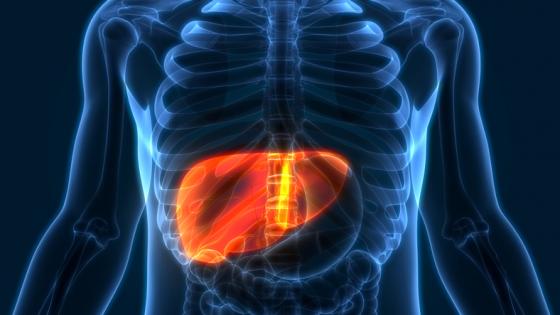Standardizing evaluation after liver cancer treatment could save US healthcare more than $575M per year
Standardizing imaging evaluation after treating the most common type of liver cancer could save the U.S. healthcare system more than $575 million, according to a new study in JACR.
Currently, no unified guidelines exist on this front for assessing tumor response in such patients, which can lead to excess costs from redundant exams and ineffective therapies. However, experts have proposed and utilized several different approaches, Yale imaging researchers wrote Jan. 20.
Radiologist Ajay Malhotra, MD, and colleagues built an analytics model—accounting for both costs and outcomes, from the insurer’s perspective—to evaluate different tumor imaging response criteria. They discovered that adopting the quantitative European Association for Study of the Liver, or qEASL, over another alternative could translate to $8,716 in savings per patient, or $700,000 annually at a single institution.
“Accurate evaluation of response to therapy can have significant implications for individual patient management and informs therapeutic decisions on whether to continue, abandon or switch therapy,” Malhotra, with the Department of Radiology and Biomedical Imaging at the Yale University School of Medicine, and colleagues wrote. “Applying accurate, reproducible quantitative response instruments would help increase standardization and improve upon the workflows as these instruments mature.”
Transarterial chemoembolization, or TACE—a minimally invasive procedure combining chemo with embolization to cut off blood flow to the liver tumor—is one of the most common treatments for hepatocellular carcinoma. And multiphase, contrast-enhanced MRI is the gold standard modality for assessing the tumor’s response following such therapy, Malhotra et al. noted.
Around since 2012, the quantitative European Association for Study of the Liver algorithm aids physicians by helping to measure the liver tumor’s response after chemo. Another alternative is the modified Response Evaluation Criteria in Solid Tumors, or mRECIST, while researchers also analyzed the nonmodified version as a third option in the study.
Pitting the methods up against one another in their analytics model, Yale experts found that qEASL proved to be the superior tool for assessing tumors after treatment. Cost savings and health benefits, Malhotra et al. noted, were driven by detecting individuals who were and were not responding to therapy earlier in the process, and more accurately directing patients to follow-up treatment. They reached $575 million in savings by assuming each patient would receive two TACE therapies during their treatment course, and using a CDC estimate of 33,000 new liver cases per year.
You can read much more about the investigation in the Journal of the American College of Radiology here.
Source: Radiology Business By Marty Stempniak
Support families fighting financial toxicity of cancer – here
